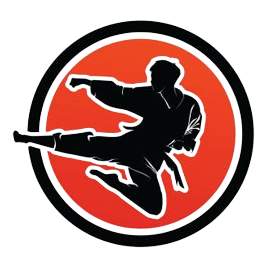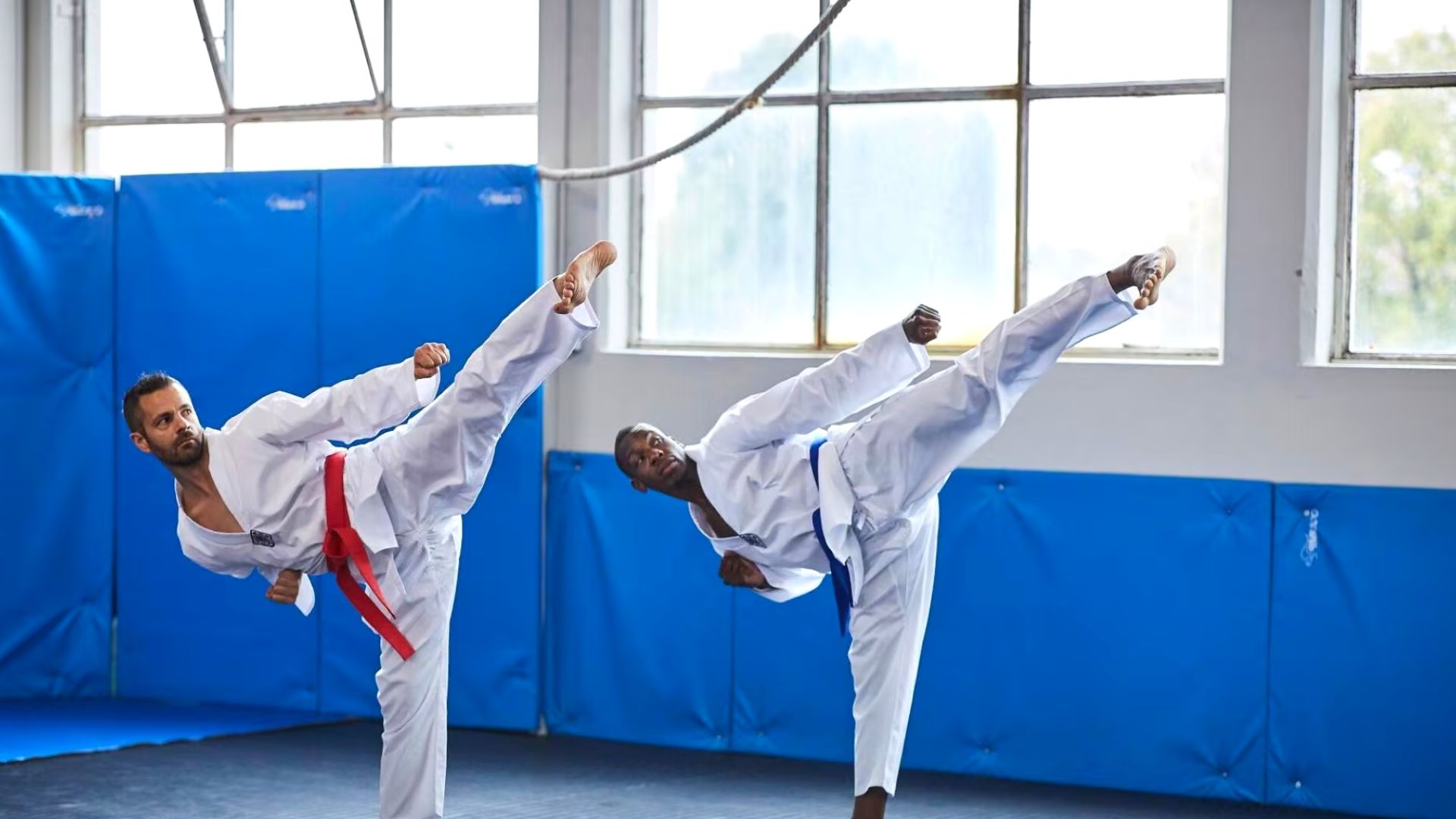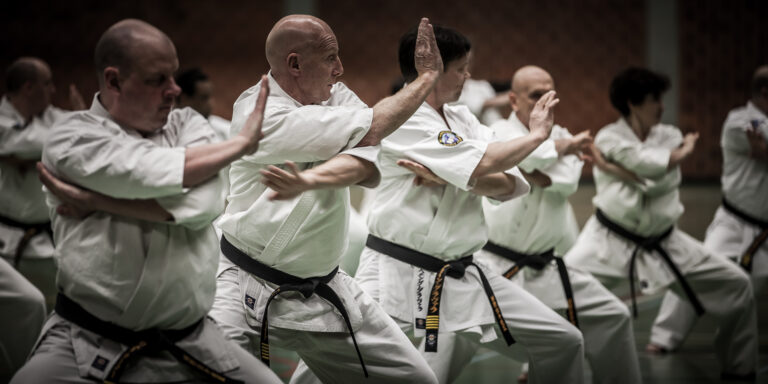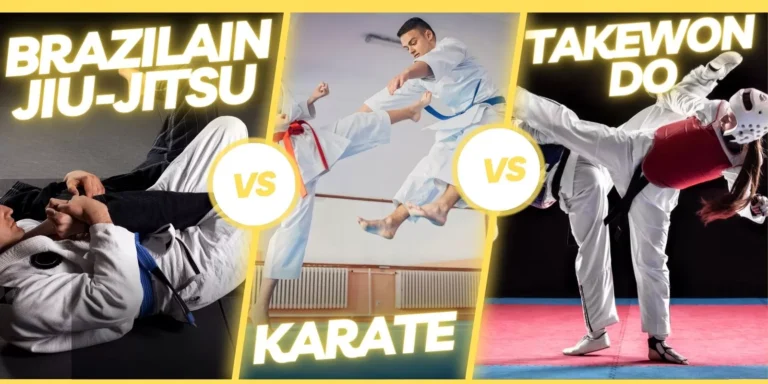Mastering Taekwondo Basics: Your Ultimate Guide to Starting Strong
Taekwondo is a dynamic and powerful martial art that not only enhances physical fitness but also instills discipline, confidence, and respect. Whether you’re a beginner looking to start your journey or someone seeking to refresh their knowledge, understanding the basics of Taekwondo is essential. This guide will take you through the fundamental principles, techniques, and tips to help you begin your Taekwondo journey with confidence.
Understanding Taekwondo
Taekwondo is a Korean martial art that emphasizes high, fast kicks and jumping and spinning kicks. The name “Taekwondo” is derived from three Korean words: “Tae” (foot), “Kwon” (fist), and “Do” (way or discipline), which together mean “the way of the foot and fist.”
Taekwondo is not only about physical prowess but also about developing mental strength and character. Practitioners, known as taekwondoin, follow a set of principles that include courtesy, integrity, perseverance, self-control, and an indomitable spirit.
Basic Stances
Stances are the foundation of all Taekwondo techniques. They provide stability, balance, and power. Here are a few basic stances every beginner should master:
- Attention Stance (Charyeot Sogi): Stand with your feet together and hands by your sides. This stance shows readiness and respect.
- Ready Stance (Junbi Sogi): Stand with your feet shoulder-width apart and hands in front of your body. This stance is used to prepare for action.
- Front Stance (Ap Kubi): One foot is positioned forward with the knee bent, and the back leg is straight. This stance provides stability for delivering powerful strikes.
- Back Stance (Dwit Kubi): Most of your weight is on the back leg, with the front foot pointed slightly inward. This stance is used for defense and quick movements.
Basic Techniques
Mastering basic techniques is crucial for developing more advanced skills. Here are some fundamental Taekwondo techniques:
- Punches (Jireugi):
- Front Punch (Ap Jireugi): A straight punch delivered from the ready stance.
- Turning Punch (Dollyo Jireugi): A punch that involves a slight turn of the body for added power.
- Blocks (Makgi):
- Low Block (Arae Makgi): A downward block to protect against low attacks.
- High Block (Eolgul Makgi): An upward block to defend against attacks to the head.
- Middle Block (Momtong Makgi): A block to defend the torso area.
- Kicks (Chagi):
- Front Kick (Ap Chagi): A straightforward kick executed with the ball of the foot.
- Roundhouse Kick (Dollyo Chagi): A powerful kick delivered in a circular motion.
- Side Kick (Yop Chagi): A kick that delivers force sideways, using the heel of the foot.
Key Principles and Etiquette
Taekwondo training isn’t just about physical techniques. It also involves learning the principles and etiquette that define the martial art:
- Bow Respectfully (Kyong Ye): Bowing is a sign of respect to your instructor, fellow students, and the dojang (training hall). Always bow when entering and leaving the dojang.
- Follow Commands: Pay attention to your instructor and follow their commands promptly. This shows discipline and respect.
- Practice Perseverance: Taekwondo requires consistent practice and effort. Stay committed, even when training becomes challenging.
- Maintain Integrity: Be honest and uphold the principles of Taekwondo in and out of the dojang.
Tips for Beginners
Starting Taekwondo can be overwhelming, but with these tips, you can set yourself up for success:
- Find a Good Dojang: Choose a reputable Taekwondo school with qualified instructors who can provide proper guidance and training.
- Be Consistent: Regular practice is essential for improvement. Try to attend classes consistently and practice at home.
- Stay Humble and Open-minded: Be open to learning and accept feedback graciously. Taekwondo is a journey of continuous improvement.
- Focus on Basics: Mastering the basics will provide a strong foundation for more advanced techniques. Don’t rush; take your time to perfect each move.
- Condition Your Body: Taekwondo requires strength, flexibility, and endurance. Incorporate exercises like stretching, strength training, and cardio into your routine.
Conclusion
Embarking on your Taekwondo journey is a rewarding and transformative experience. By understanding and mastering the basics, you lay a strong foundation for future growth in this martial art. Remember, Taekwondo is not just about physical techniques but also about developing mental discipline and character. Stay committed, practice regularly, and most importantly, enjoy the journey. With dedication and perseverance, you’ll not only become proficient in Taekwondo but also reap the many benefits it offers in your daily life.



